EDC: Earth Science | NGSS
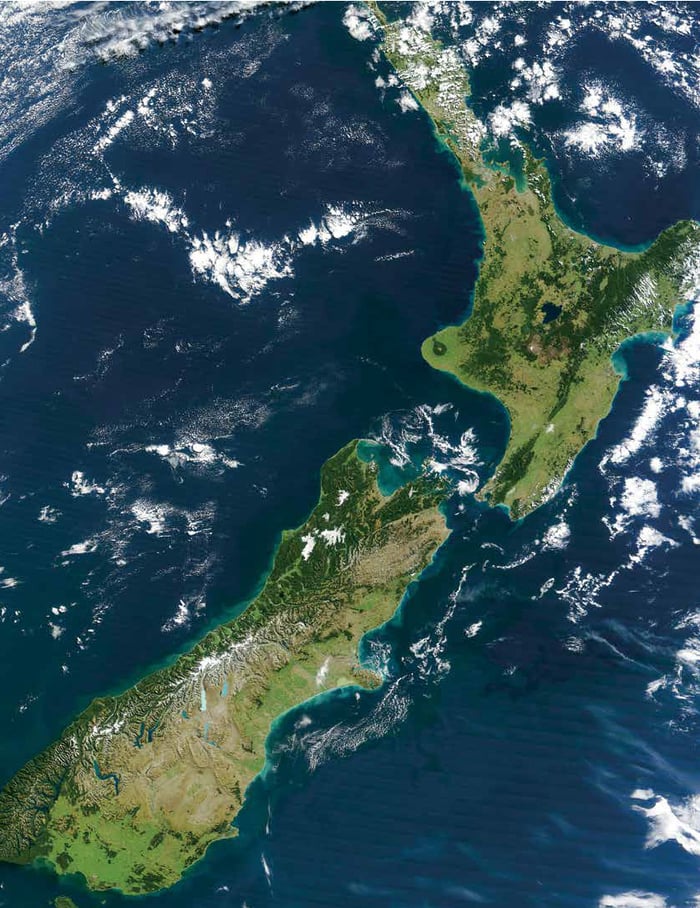
Revised for the NGSS
EDC: Earth Science is designed around the belief that students are capable of rigorous and in-depth explorations in science when given adequate support, structure, and motivation for learning.
Students perform over 59 data-intensive Earth Science investigations, all set in real-world contexts. They also engage in a variety of other activities, including topical fiction and non-fiction readings and research projects and presentations that build critical life and scientific literacy skills.
EDC: Earth Science, Revised is a full-year, activity-driven high school earth science course aligned to the Next Generation Science Standards (NGSS) and developed with support from the National Science Foundation.
Details at a Glance
- 1 Year | ~50 minute class periods
- 60 Activities
- Accommodates 5 classes, each with 8 groups of 4 students
- Consumables service 160 students
- Includes Spanish student materials
- Meets our criteria for supporting literacy
- Includes digital resources
- Developed in partnership with Oceans of Data Institute
- Includes assessment
Teacher Materials
-
#EDCE-1R1000NC
-
#EDCE-1ROLTP-6
Student Access
-
#EDCE-1RSB
-
#EDCE-1ROLSP-6
Additional Curriculum Materials
-
#SLN-1
-
#EDCE-1RTE
Scope & Sequence
Content in EDC: Earth Science | NGSS is organized into 6 units, as follows:

Hydrosphere: Water in Earth's Systems
Essential Question: Water is critical for all life on Earth. How does its movement and distribution affect our society and global economy?
3-4 Weeks
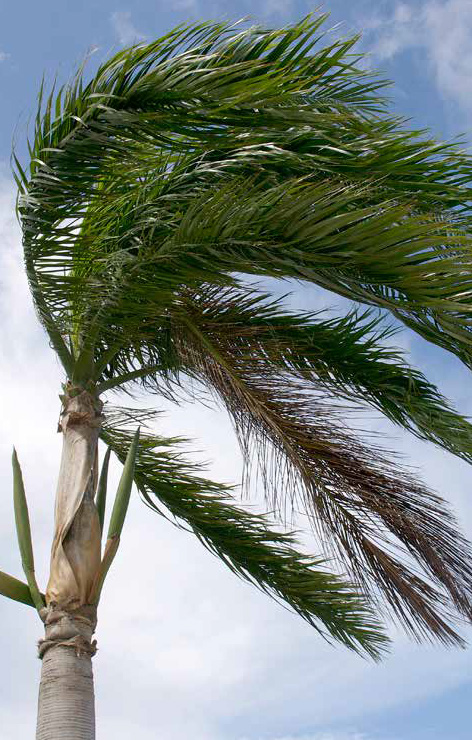
Atmosphere and Climate
Essential Questions: What is the science behind global climate change, and what possible actions can we take to minimize its impact?
5-8 weeks

Earth's Place in the Universe
Essential Questions: How did the Earth and planets form? How do we know what we know about the structure and composition of the Earth?
3-4 weeks
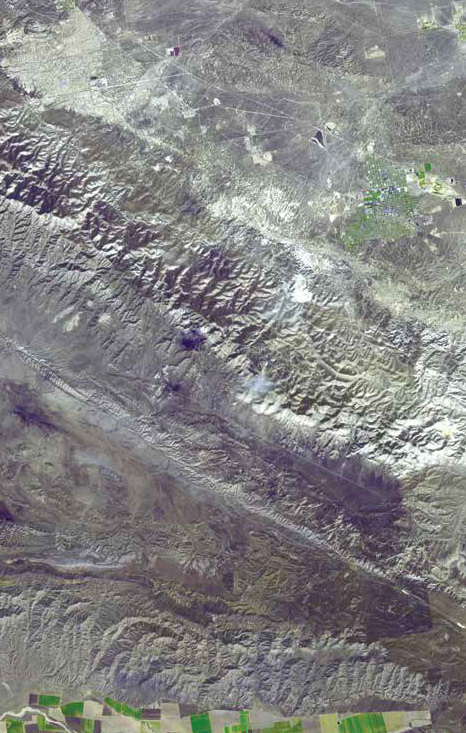
Plate Tectonics
Essential Questions: How have plate tectonics shaped the current surface of the Earth? What hazards result from plate movement and why is it important to understand the potential dangers?
5-7 weeks
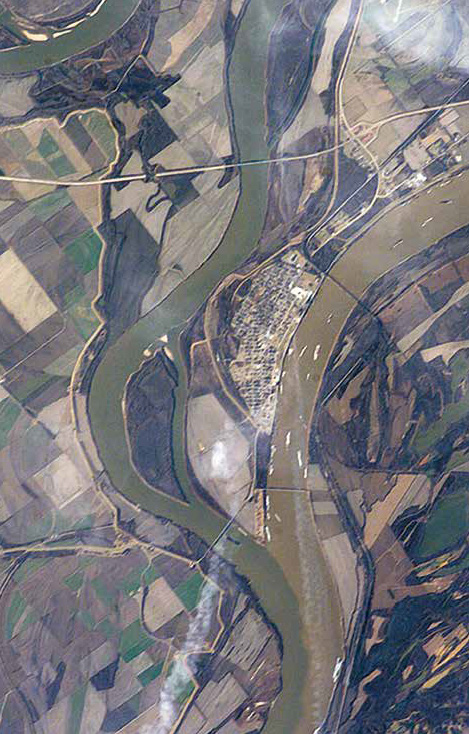
The Rock Cycle
Essential Questions: How and where are different types of rock formed? How do the forces of erosion and deposition affect human activities?
3-6 weeks
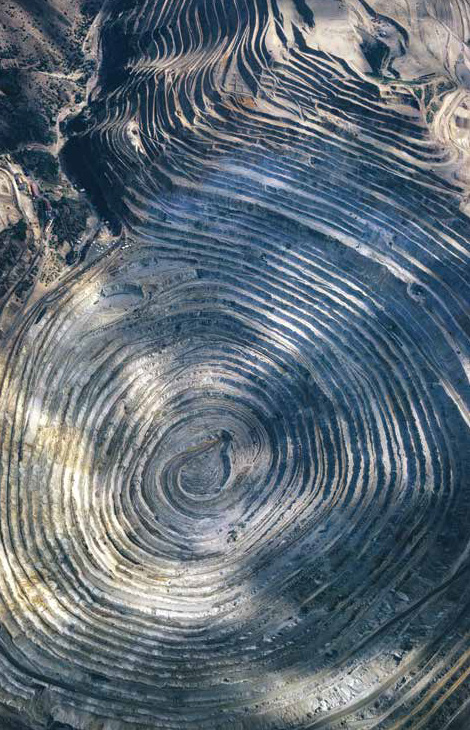
Earth's Resources
Essential Questions: How and where are fossil fuels and other valuable earth minerals formed? How has the location and use of these resources affected society and the environment?
3-6 Weeks
Program Components
Lab-Aids programs combine components to make a system for learning. Learn more about each of the four components below.
What comes with my unit materials?
Equipment for all Curriculum Activities
Includes a complete set of equipment, organized in drawers, for the full year program. Our complete equipment package includes everything needed for every activity - for up to 5 classes of 32 students.
Download the Itemized ListOnline Teacher Portal License
The Online Teacher Portal is the most common way to access the Teacher Edition. The 6 year license includes Spanish versions, LABsent, slide decks, Teacher Edition, Teacher Resources, Student Book, and supplemental resources. Teacher Editions are also available in print.
Learn More About the Online PortalWhat are the options for student access?
Student portal access is not included in the Complete Equipment Package to keep purchasing options flexible. You have the option of purchasing printed student books, online student access, or both.
Student Book
Hardbound, high-quality student books are designed to last the length of an adoption for use year after year. Unlike a traditional texbook, the Student Book does not provide science content through reading and questions. Instead students are encouraged to question, investigate, and analyze in each of the heavily field-tested activities.
Online Student Portal License
Request a quote
Optional online Student Portal access for one teacher which includes: Spanish versions, LABsent, editable PowerPoints, Teacher Edition, Student Book, and supplemental resources. Ability to highlight, bookmark and make notes in the Student Book, complete homework and assessments, and communicate with the teacher. Also available as single-year subscriptions.
Learn More About the Online PortalAdditional Curriculum Materials
If you need hard copies or additional supplies, we provide a suite of materials designed to supplement and support your complete, custom package.
